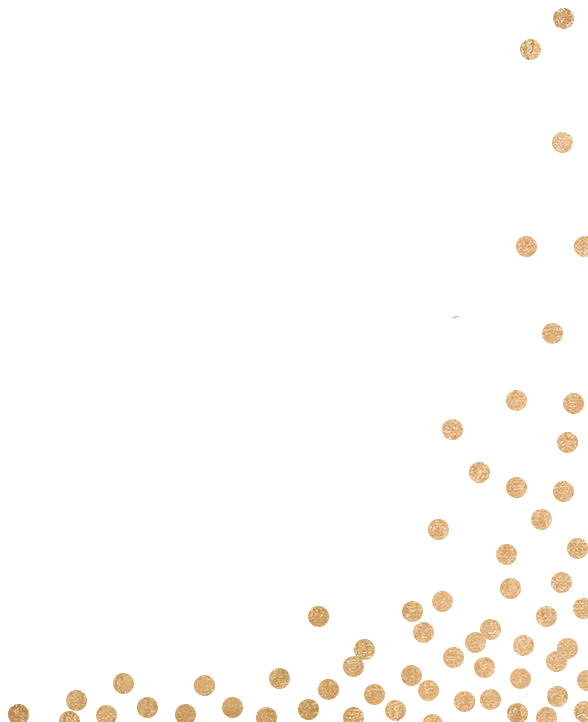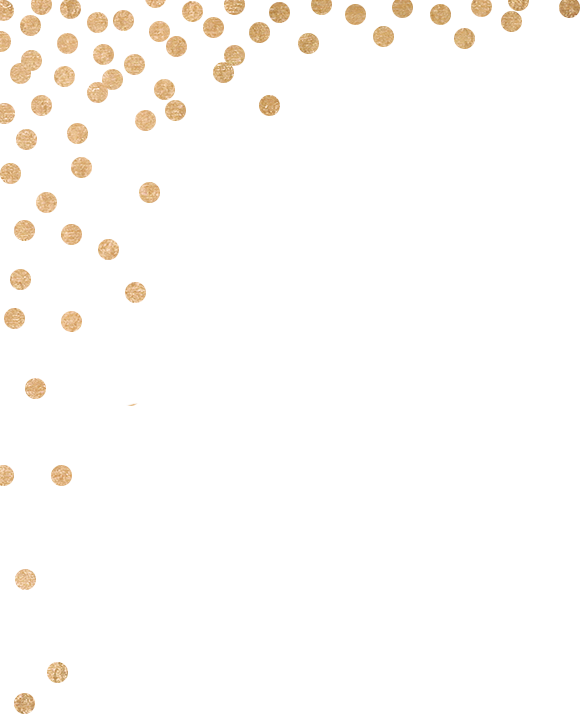Josie & Jonathan




FAQs
Question
Why are we seeing you before the ceremony?
Answer
The veiling ceremony, called the Bedeken, happens before the chuppah, or wedding ceremony. Traditionally, the bride sits with her bridesmaids and greets guests. Many believe that on a bride's wedding day, she is even closer to G-d, and her elevated status gives her the chance to provide blessings. During the Bedeken, the groom approaches the bride and veils her. This dates back to the Biblical story of Jacob, Rachel and Leah, when Jacob was tricked into marrying Leah instead of Rachel. This way, the groom knows he's marrying the right person! It also signifies that his love is for her inner beauty and that both the bride and groom are two distinct individuals, even after they are married. Josie and Jon will sign and present their ketubah during the bedeken, too. The ketubah is a marriage contract that outlines the responsibilities the couple will have towards each other and their home. Here is a short video that helps explain: https://youtu.be/clM1SEJfixo Josie and Jon’s mother’s will also perform the breaking of the plate ceremony. This shows that, like a broken plate, a broken relationship is very difficult to fix, so a couple must treat it with care and respect.
Question
The processional seems different; what is happening?
Answer
Jewish tradition has both parents and/or guardians walking the bride and groom to their respective places under the chuppah ('Hu pah'). In our case, Jon's mother and sister will walk down the aisle with him, and Josie's parents will escort her down the aisle.
Question
Wait a second, what's a chuppah?
Answer
The chuppah is the canopy the couple stands underneath during the wedding ceremony. It has four corners and a "roof" to symbolize the home the couple will build together. (In our case, to symbolize the home we have and will continue to live in). During our ceremony, four people close to us will hold the chuppah posts, to show their support for our union. Once Josie reaches it, she and Jon will circle one another three times to signify the home they've built and will continue to build together. During the seventh circle, Jon's three children will join the bride and groom, to continue signifying the home and family they make together.
Question
Ok, well, a lot of things are happening underneath the chuppah, so what are they?
Answer
During the ceremony, Jon’s sister, Hallie, and Josie’s brother-in-law, Joshua, will recite the Sheva B'rachot ('sheh-vuh bruh-haut'), or Seven Blessings. They are often read in Hebrew and English, and they focus on happiness, celebration, and love. At the end of the ceremony, the rabbi will place a wrapped up glass in front of Jon to break. This tradition holds several meanings. One is about superstition, and the idea is that the sound will frighten away any evil spirits who may want to harm the couple. Another is to remind Jews about the destruction of the temple during biblical times, and the last is to remind the couple that a marriage holds both good and bad times and that they should work together to fix problems. Want to know more? Here is a link with explanations to many of the traditions we will show at our wedding: https://www.susanshek.com/20-jewish-wedding-traditions/
Question
Are my children welcome to attend?
Answer
Unfortunately, we are only able to accommodate our own children. We hope you will take this opportunity to enjoy an evening of relaxation and uninhibited revelry!
Question
Is there transportation from the synagogue to the Jepson Center?
Answer
We are providing a trolley for guests to utilize after the ceremony if they so choose. If you drive, you are also welcome to park closer to the Jepson. You can also Uber or Lyft there if you prefer. For adventurous, impatient and/or athletic guests, Google Maps can help you walk it instead. It is seven tenths of a mile, about a 16 minute walk.